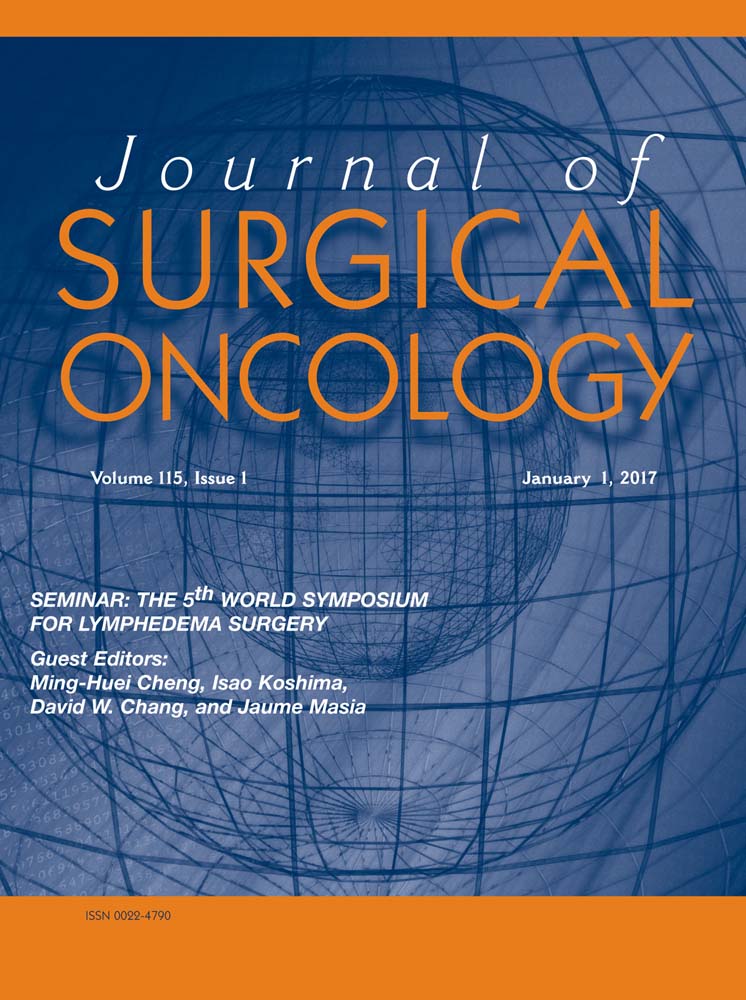Heterotopic vascularized lymph node transfer to the medial calf without a skin paddle for restoration of lymphatic function: Proof of concept
Abstract
Background
The use of heterotopic vascularized lymph node transfer (HVLNT) for the treatment of lower extremity lymphedema is still evolving. Current techniques, either place the lymph nodes in the thigh without a skin paddle or at the ankle requiring an unsightly and often bulky skin paddle for closure. We explored the feasibility of doing a below-knee transfer without a skin paddle using the medial sural vessels as recipient vessels and report our experience in 21 patients.
Methods
A retrospective review of all patients who underwent HVLNT to the medial calf was performed. Postoperative magnetic resonance angiography (MRA) and lymphoscintigraphy (LS) were analyzed to assess lymph node viability and function after transfer.
Results
Twenty-one patients underwent HVLNT to the medial calf. Postoperative imaging was performed at an average of 11 months after surgery. Thirteen patients had postoperative MRA, of whom 12 demonstrated viable lymph nodes. Seven patients underwent postoperative LS, of whom three demonstrated uptake in the transferred nodes. In the other four patients, the injectate failed to reach the level of the proximal calf.
Conclusion
We provide proof of concept that HVLNT to the lower leg using the medial sural vessels without a skin paddle can result in viable and functional lymph nodes in the setting of lower extremity lymphedema. J. Surg. Oncol. 2017;115:90–95. © 2016 Wiley Periodicals, Inc.




